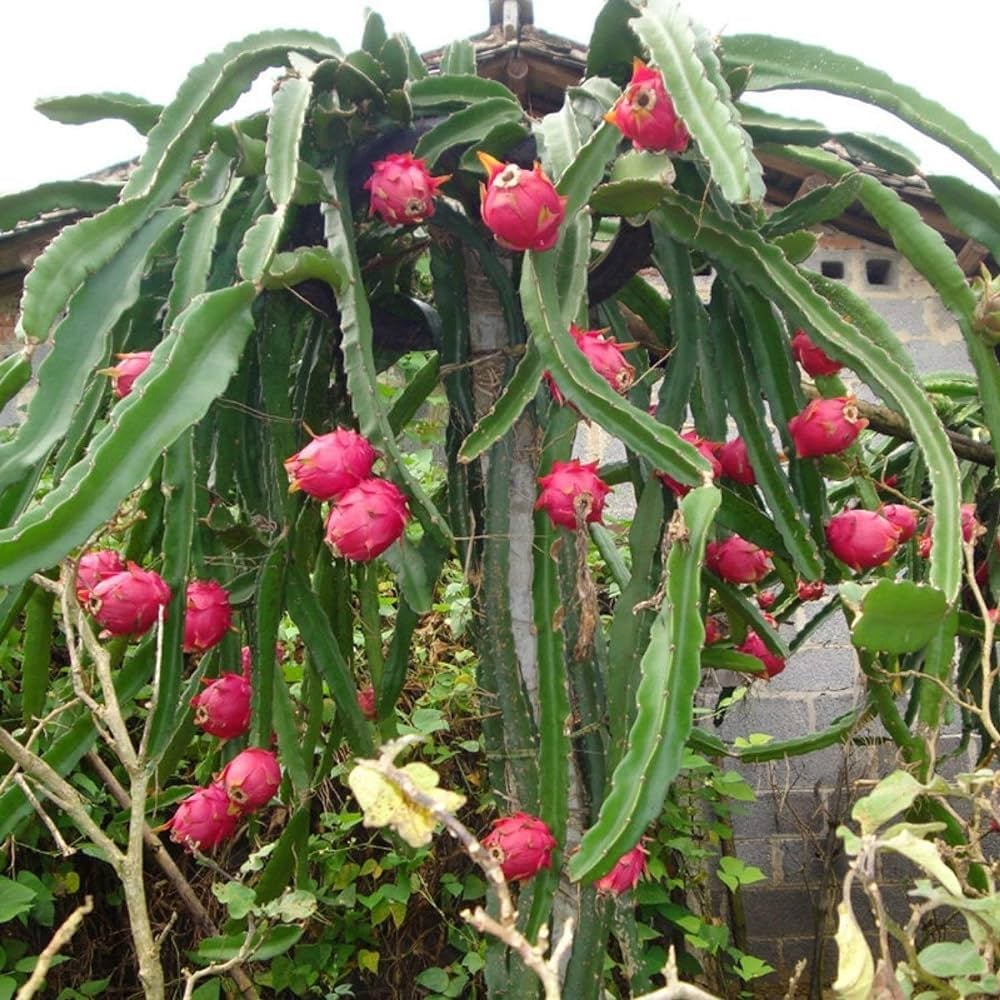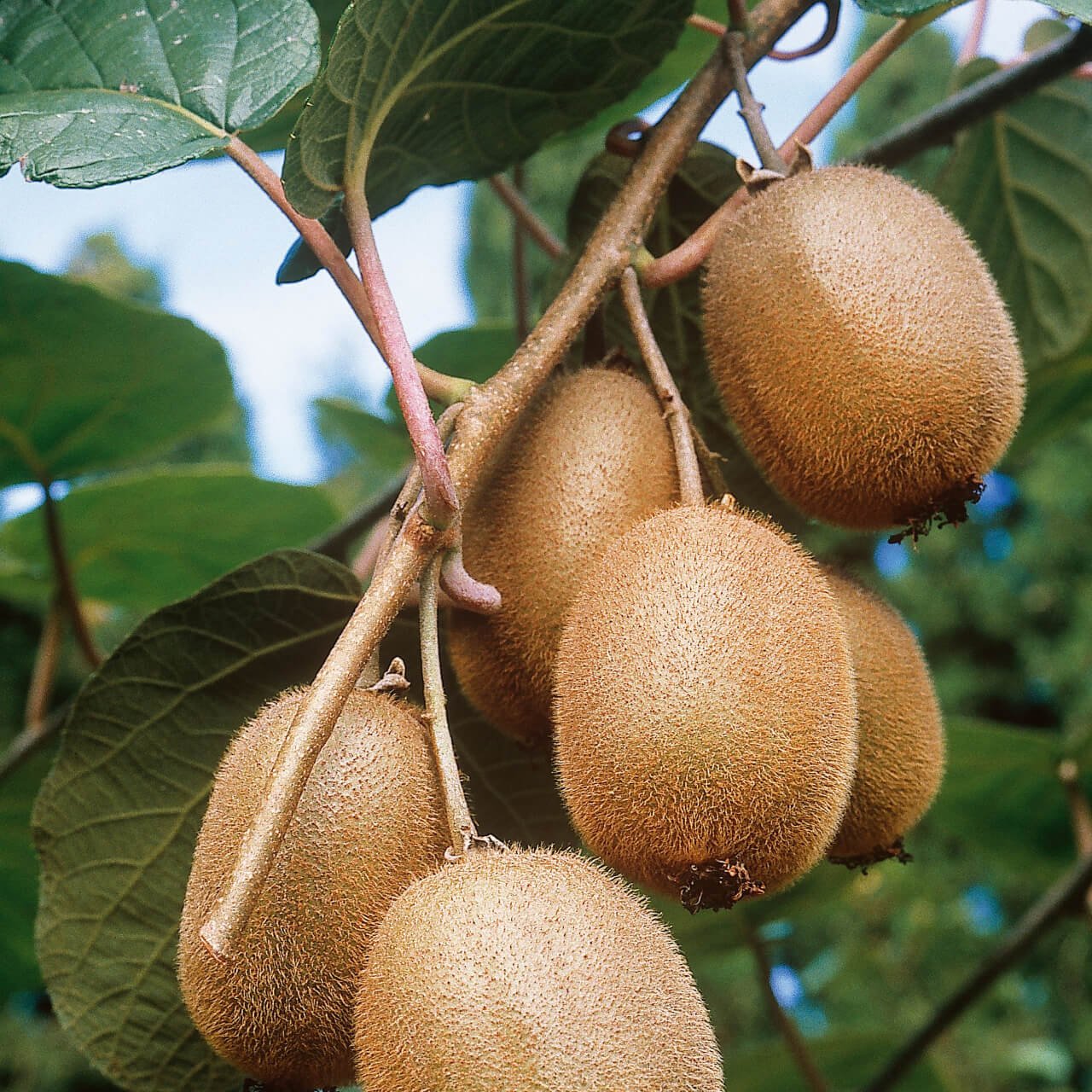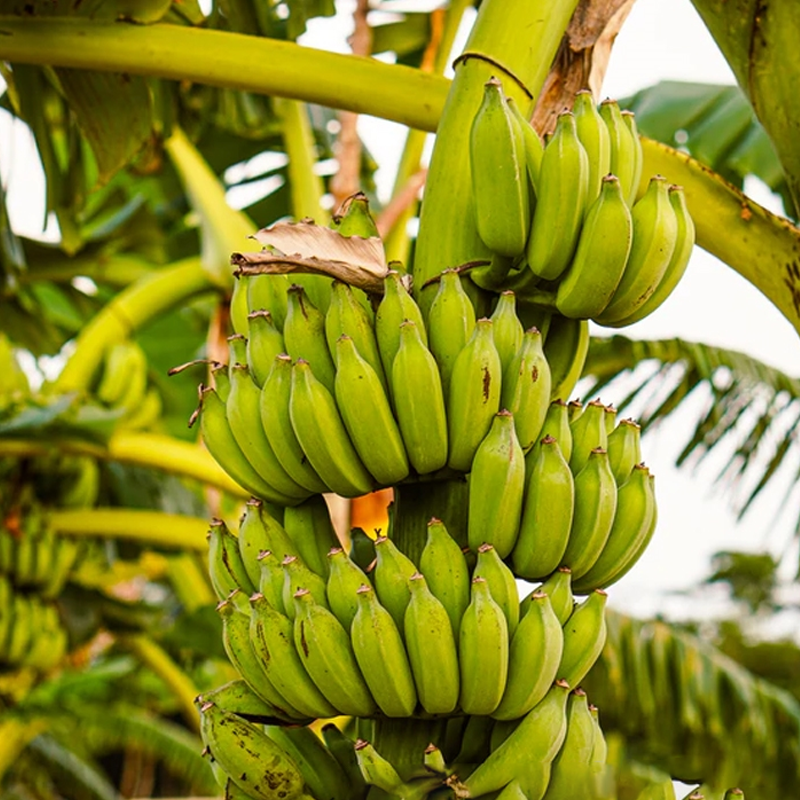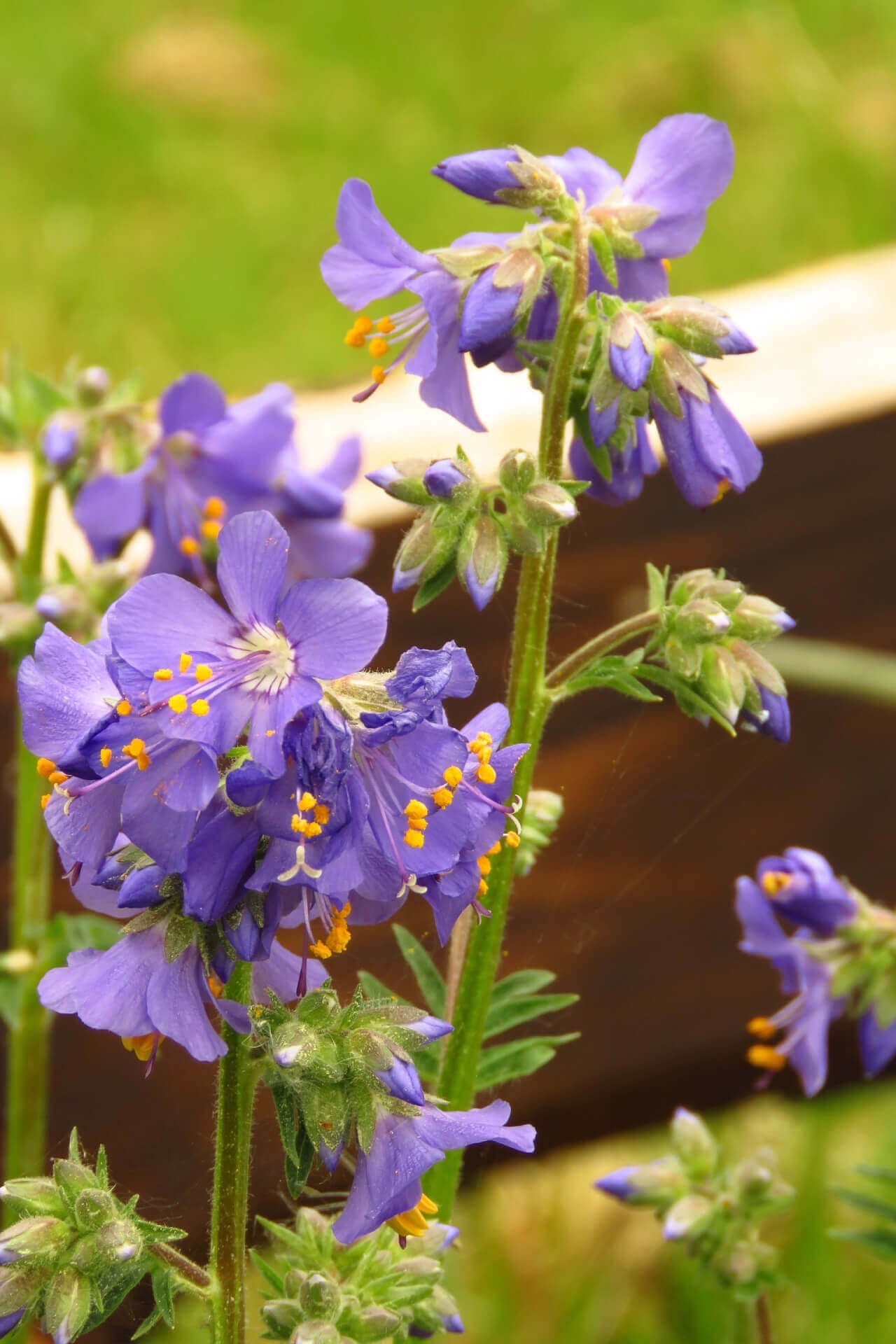

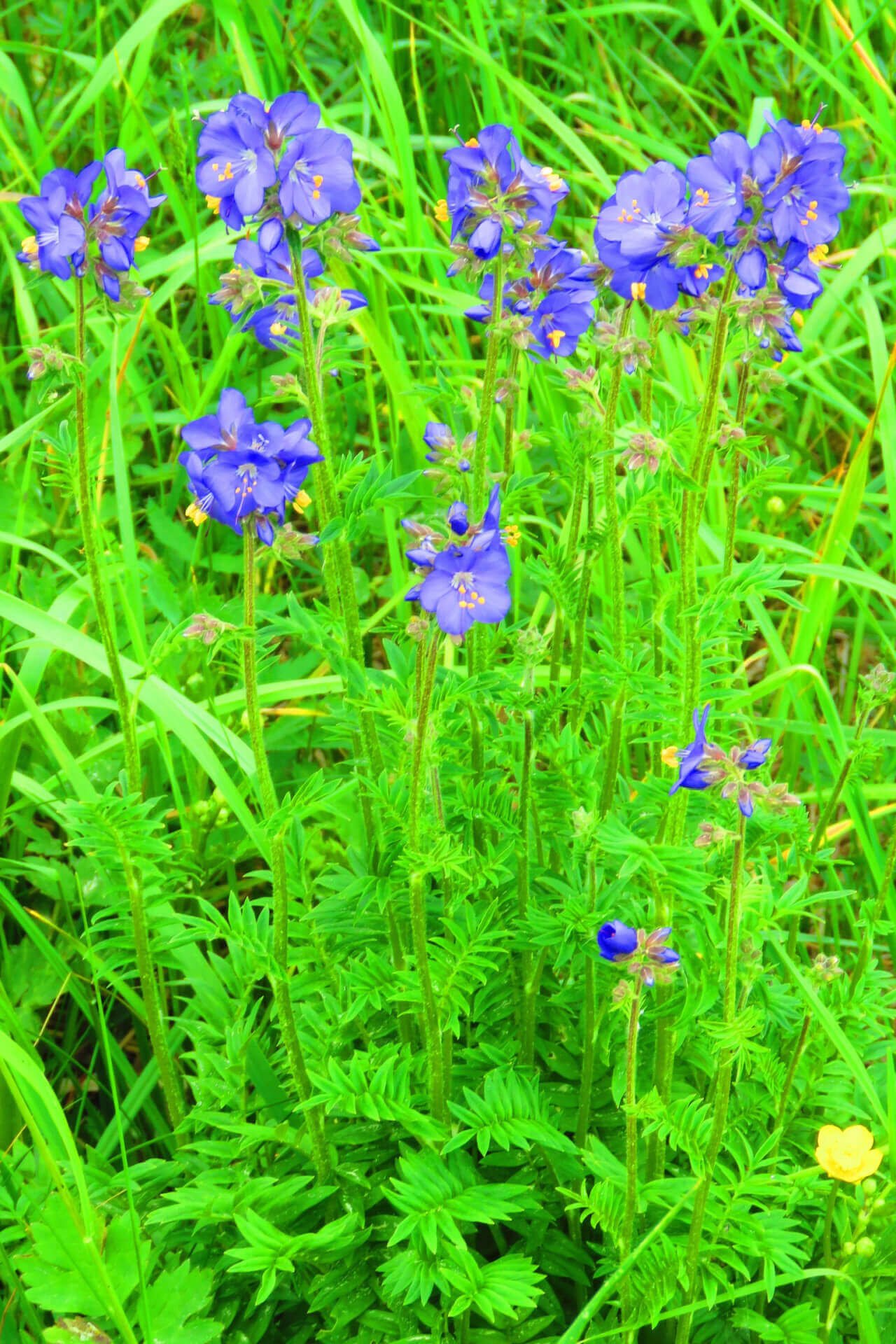

Jacobs Ladder
Versatile in garden settings
Attracts beneficial pollinators
Thrives in shady areas
Thrives in
ZONE 3ZONE 4ZONE 5ZONE 6ZONE 7ZONE 8This plant ships:
Ships Week of May 12th1 Year Guarantee on all plants
Jacobs Ladder - Polemonium
Simple Planting and Care of The Jacobs Ladder Perennial Plant
Jacobs Ladder Bloom Time and Seasonal Appeal
Shape, Foliage, and Life Cycle
Long-Lasting Beauty
This Is How Your Plants Will Look upon Delivery

Bloom Season
Spring
Bloom/Foliage Color
Purple
Height at Maturity
Under 12"
Care
Jacob's Ladder (Polemonium caeruleum) prefers well-drained soil enriched with organic matter. Keep the soil consistently moist but not soggy—mulch to retain moisture and suppress weeds. Regular deadheading promotes more blooms. Separate clusters every few years to preserve vigor.
Plant Reproduction
Jacobs Ladder spreads by reseeding itself and by rhizomes.
Shipping date depends on the date displayed and chosen when you order from the product's page.
We only accept returns on plants verified dead. If you think your plants have died, we offer a 1 year warranty, please use this File a Claim Link to verify dead plants and start with return warranty process.





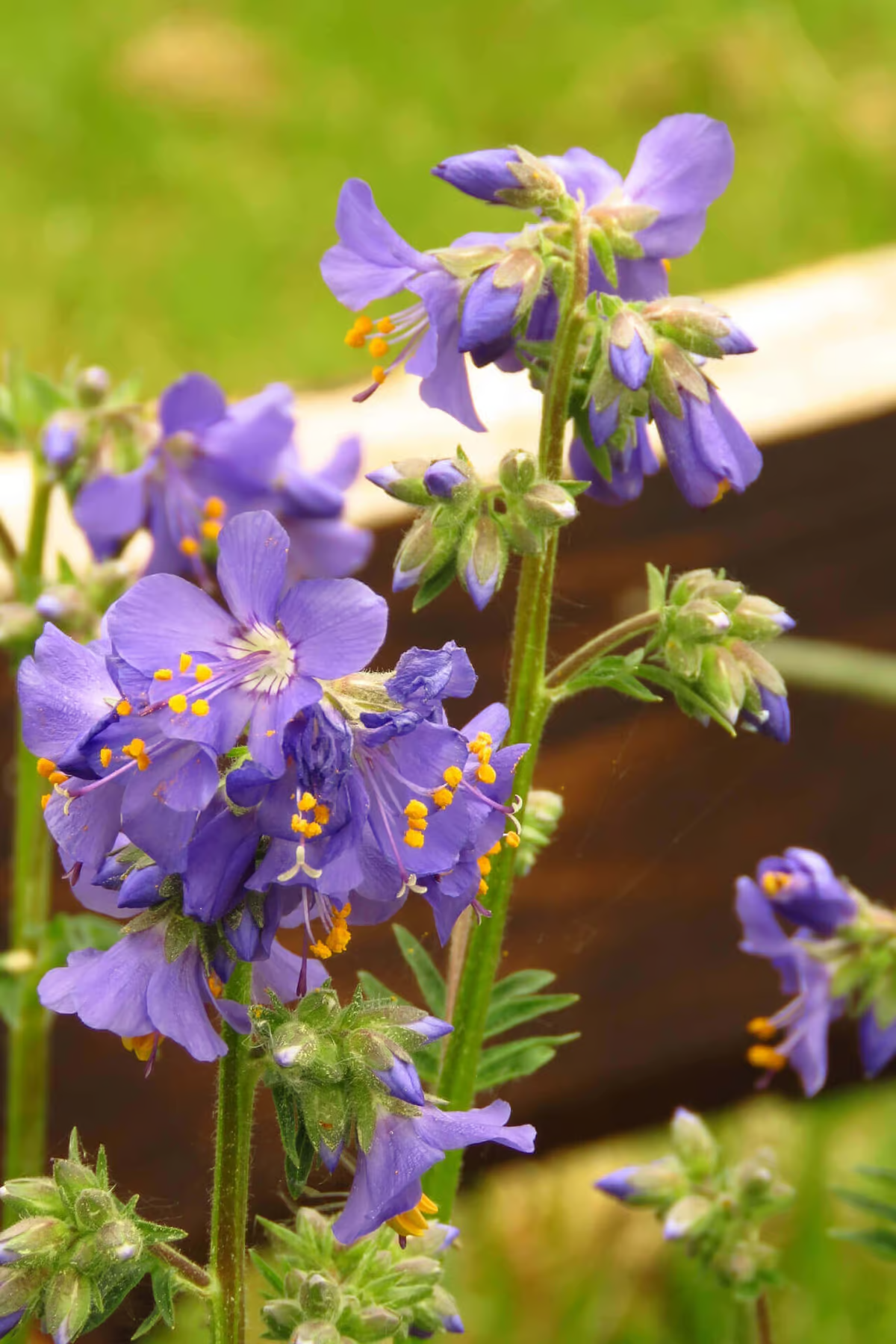
Elegant Foliage:
Features distinctive, ladder-like leaves that create a unique and attractive texture in the garden.
Long Blooming Period:
Offers extended blooms, providing lasting color and interest throughout the growing season.
Companion Planting:
Works well alongside other perennials and shrubs, enhancing garden variety and creating attractive plant combinations.
Attracts Pollinators:
The bell-shaped flowers draw a variety of bees, butterflies, and hummingbirds, making Jacob's Ladder a valuable addition to pollinator gardens
Caring Tips
How do I care for my Jacobs Ladder?
Each box contains detailed care instructions and information about your product. But here's the basics.
Care Tips
Jacob's Ladder (Polemonium caeruleum) prefers well-drained soil enriched with organic matter. Keep the soil consistently moist but not soggy—mulch to retain moisture and suppress weeds. Regular deadheading promotes more blooms. Separate clusters every few years to preserve vigor.
Light Requirements
Jacob’s Ladder (Polemonium caeruleum) thrives in partial to full shade. It prefers dappled sunlight or filtered light conditions, making it ideal for woodland gardens or shaded areas where it can avoid direct, harsh sunlight.
Hardy Planting Zones
3 • 4 • 5 • 6 • 7 • 8
Header
Use this content to share information about your store and products.
Frequently Asked Questions
How often should I water my plants?
How do I know if my plant is getting too much or too little sunlight?
What should I do to prepare my plants for winter?
What are the signs that my plant needs fertilizing?
How can I prevent pests from damaging my plants?
How do I choose the right plant for my climate zone?



